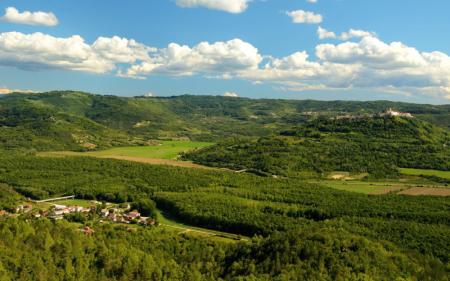
Objective:
In the new context of multifuncionality, the development of management plans integrating both the wood and non-wood forest products (i.e. mushrooms and truffles) for a particular area, aiming to increase the total market value becomes a challenge. In the process of management plan formulation, additionally to the scientific knowledge, also the practical experience of collectors should be taken into consideration.
Context:
The goals of state forests management in Republic of Croatia are the protection of forest habitats, preservation of optimal forest structure and the stability of ecosystems. From the economical point of view, the priority is the preservation and development of biomass quality , while the production of nwfp’s is poorly considered. With this type of management, the occurrence of nwfp’s is coincidental. However, the use of silvicultural techniques such as higher thinning intensity preserving the forest soil by extracting the felled trees through planned forest paths, can increase the truffles production. This type of actions would have a positive impact on the rural economy and diversification of gastronomical and tourism offer.
Contacts:
Ivan Vukadinović, ivan.vukadinovic2@gmail.com, http://www.uti.hr/